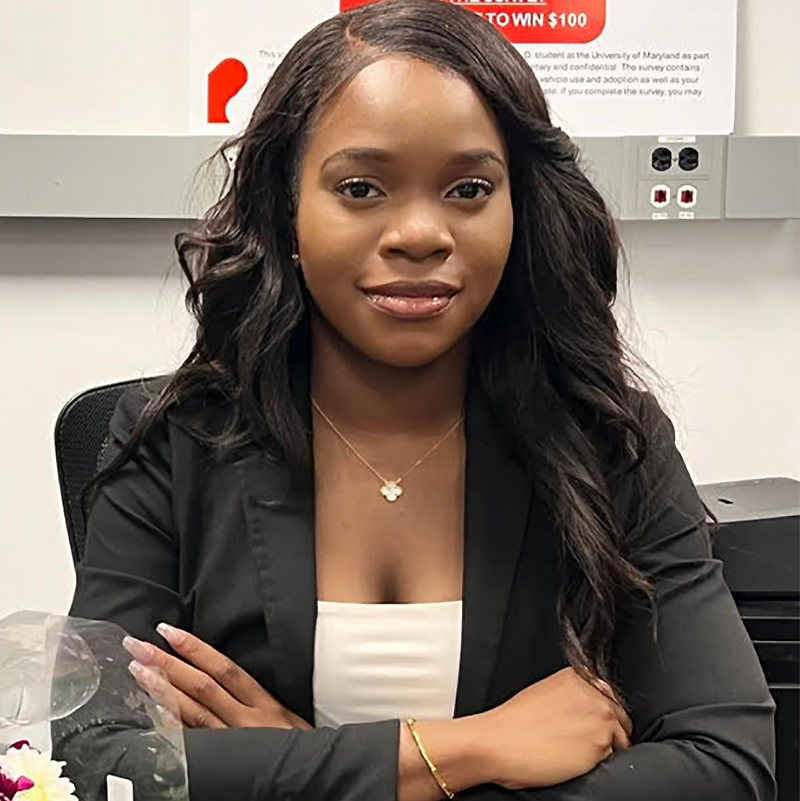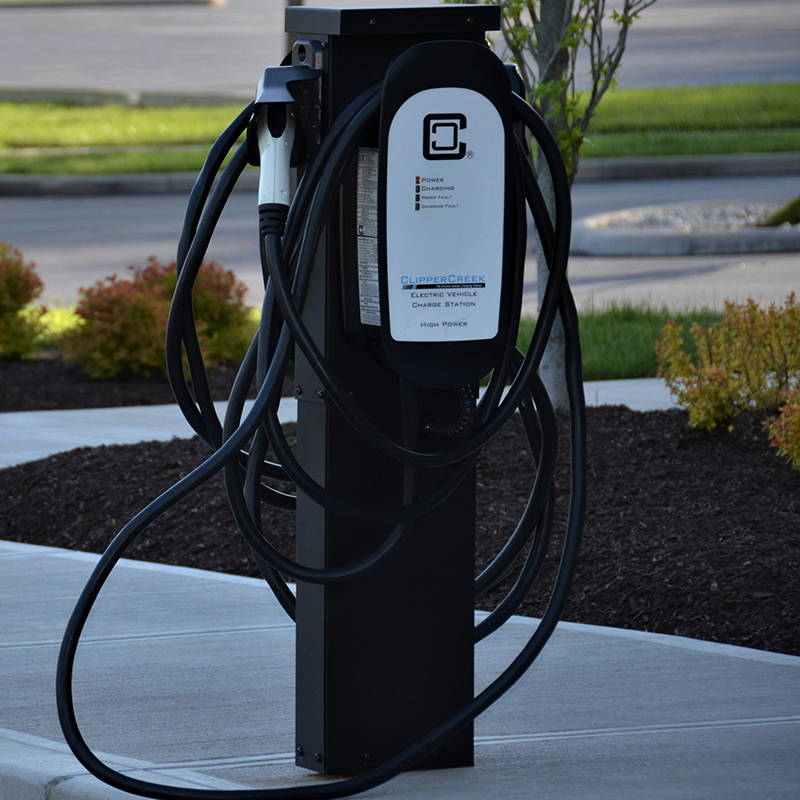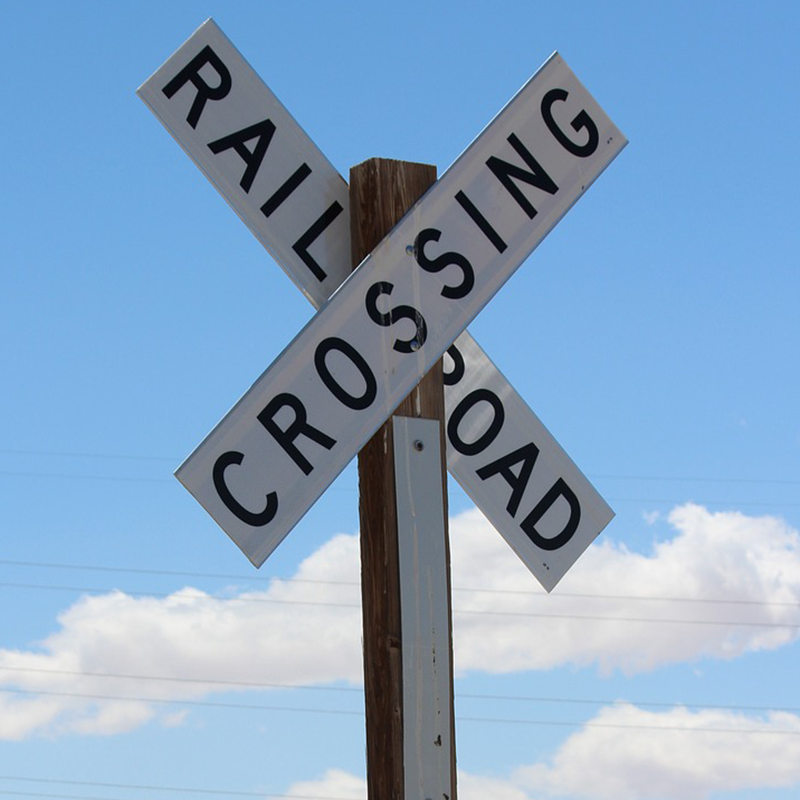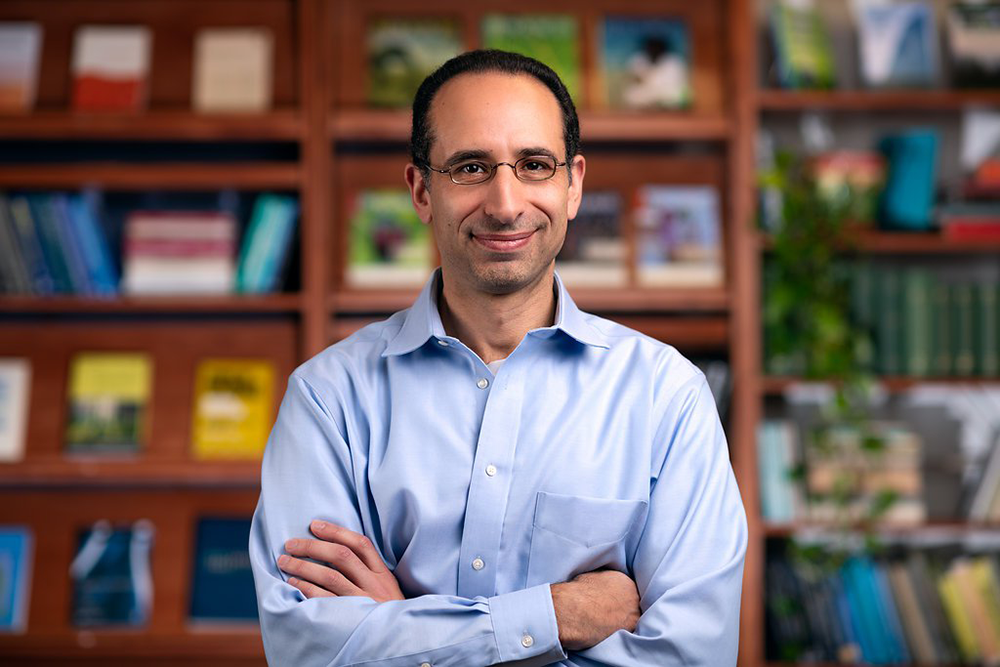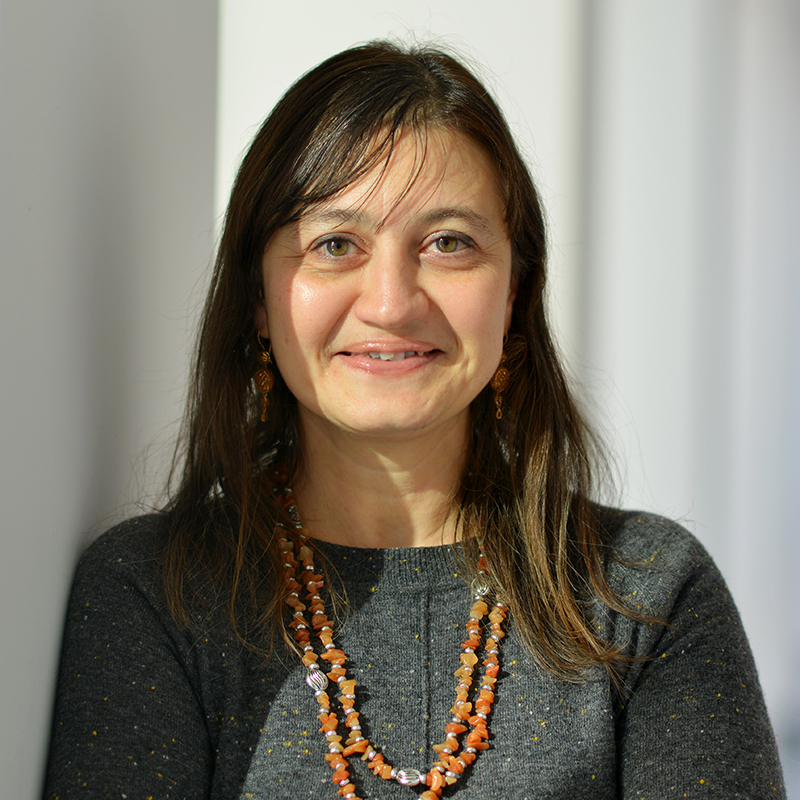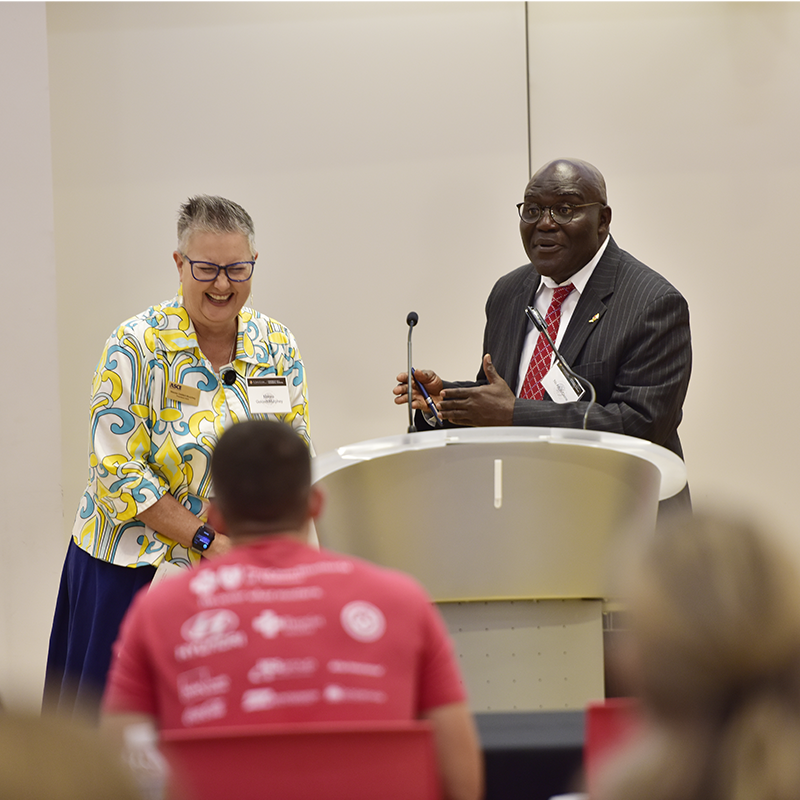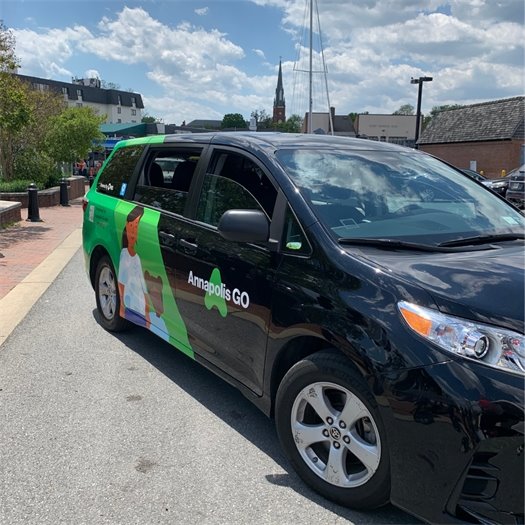News Story
UMD Research Empowers Leaner Bus Systems for Schools
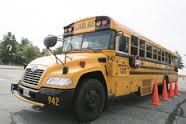
Transportation experts at the University of Maryland (UMD) have developed a mathematical model that can pinpoint the smallest bus fleet needed to serve a school district under any start and dismissal time schedule.
Created to aid Howard County Public School System (HCPSS) (link is external) officials considering a change in school start and dismissal times, the model uses data on route locations and schedules to group compatible routes into what transportation administrators call tours. The result is a suite of tours offering on-time pickup and drop-off with the fewest possible buses.
The pioneering tool, which is potentially applicable to most school busing systems, also limits the distance traveled between routes without students onboard.
“School bus routing and scheduling is a difficult problem to solve. It generally takes a significant amount of computation time to solve these types of problems to optimality,” said Ali Haghani, (link is external) UMD professor of civil and environmental engineering. “Our model and solution algorithm enables us to solve the problem in a matter of seconds, and therefore we are able to analyze numerous scenarios very effectively.”
Four such scenarios are currently under review by the HCPSS School Board, which is slated to vote February 23 on whether to adopt new start and dismissal schedules (link is external) for elementary, middle and high schools.
Haghani and Ali Shafahi, who recently received his Ph.D. in engineering from UMD, provided the School Board in November 2016 with a breakdown of the minimum number of buses needed to transport HCPSS’s roughly 40,000 students to and from school for each of the schedules under consideration.
“We will use the new mathematical model developed by the University of Maryland to make our school bus operations the most efficient and cost-effective transportation system of its kind,” said Renee A. Foose, HCPSS superintendent. “We are using science and engineering to make informed decisions about school start and dismissal times and to maximize our resources."
All four proposed schedules would require a larger fleet size than HCPSS currently contracts, with total bus needs ranging from 455 to 523. These numbers would likely be higher, though, without the benefit of the UMD model.
“School bus operations are usually so expensive that improving efficiency by only a few percentage points could mean savings on the order of millions of dollars," said Shafahi, who began his current Ph.D. program in UMD’s College of Computer, Mathematical and Natural Sciences (link is external) after earning his doctorate from UMD’s A. James Clark School of Engineering (link is external). "But these potential reductions are significant not just in terms of transportation dollars saved but also for the cuts to fuel consumption and air pollutants that come with fewer buses on the road.”
HCPSS officials also intend to take advantage of the model to optimize route efficiency if the School Board votes in February to maintain the current bell time schedule.
Development of the tool began in 2015 after HCPSS officials sought help from UMD’s QUEST Honors Program (link is external) to create a method for analyzing the efficiency of their transportation system.
“In the QUEST Honors Program, undergraduate students develop skills in quality management, process improvement and system design through hands-on, real-world projects such as the one presented by HCPSS,” said Jeffrey W. Herrmann (link is external), academic director of the QUEST Program and a professor in UMD’s Department of Mechanical Engineering (link is external) and Institute for Systems Research (link is external).
“The QUEST student team worked closely with HCPSS transportation experts to create a database of bus routes and generate tours for different bell times. They then provided their data to Professor Haghani to continue the study.”
Haghani and Shafahi presented their optimization tool to the Maryland Association of Pupil Transportation last fall and have begun initial conversations with other school districts interested in improving bus systems.
Published January 31, 2017
